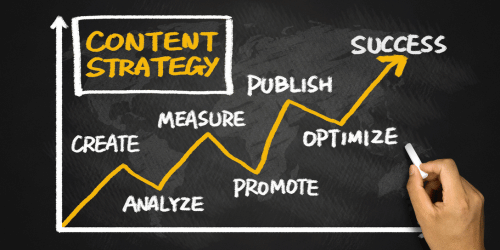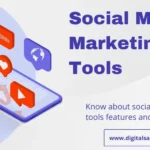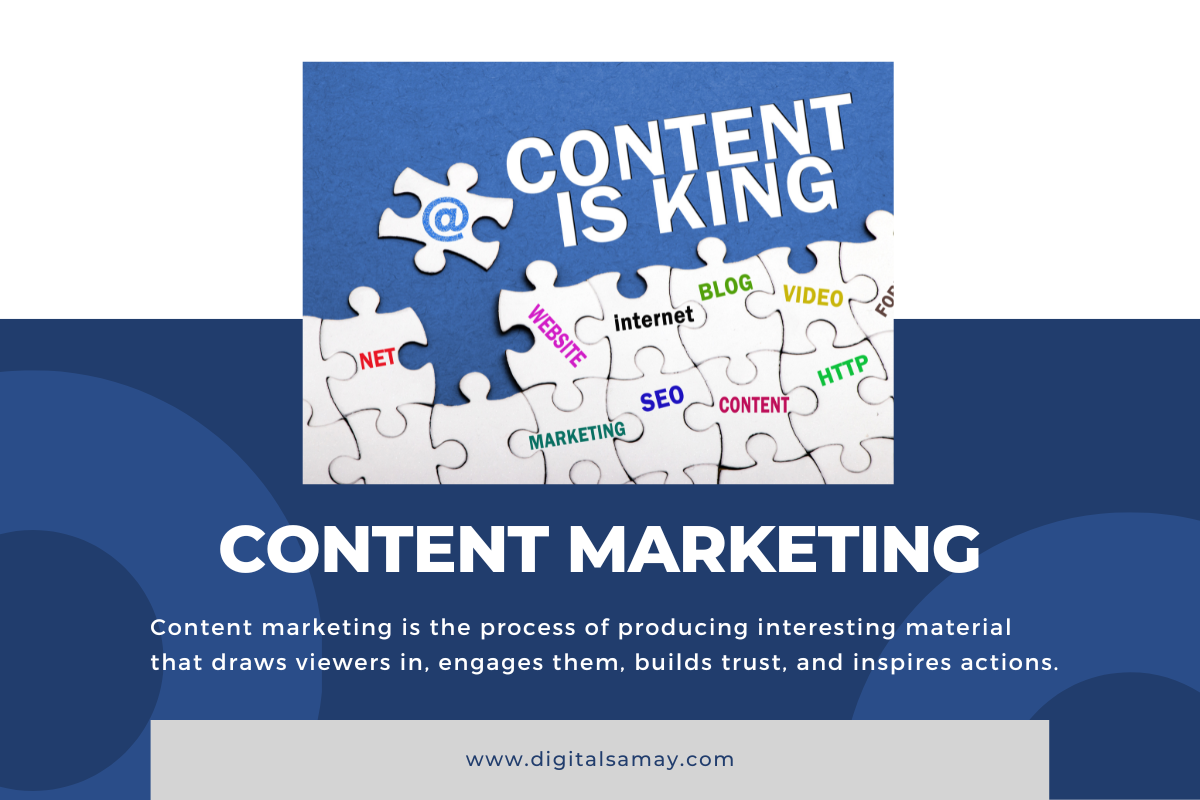Content Marketing

A marketing tactic known as content marketing involves the creation and distribution of relevant podcasts, videos, articles, and other media in order to draw in, hold on to, and grow an audience. When the time comes to purchase what you sell, this strategy increases brand recognition, establishes competence, and keeps your company front of mind.
Why is content marketing important in Digital Marketing?

- Visibility and Reach: In the digital realm, where consumers spend a significant amount of time online, content marketing enables businesses to reach a wider audience across various digital platforms such as websites, social media, blogs, and email. This increased visibility helps in attracting potential customers and driving traffic to digital properties.
- Search Engine Optimization (SEO): Content marketing plays a crucial role in improving a website’s search engine ranking. Search engines such as Google give preference to websites that have up-to-date, important, and superior information. By regularly producing and optimizing content with relevant keywords, businesses can improve their SEO performance, making it easier for potential customers to find them online.
- Engagement and Interaction: Digital platforms offer opportunities for businesses to engage with their audience in real-time through comments, likes, shares, and direct messages. Content marketing provides valuable content that sparks conversations, fosters interactions, and builds relationships with customers, ultimately increasing engagement and brand loyalty.
- Targeting and Personalization: Digital marketing allows for precise targeting of specific audience segments based on demographics, interests, behaviors, and more. Content marketing enables businesses to create personalized and relevant content tailored to the needs and preferences of different audience segments, thereby increasing the effectiveness of digital marketing campaigns.
- Measurable Results: Unlike traditional marketing methods, digital marketing offers robust analytics and tracking capabilities. Businesses can measure the performance of their content marketing efforts in real-time, tracking metrics such as website traffic, engagement, conversions, and ROI. This data-driven approach allows for continuous optimization and improvement of digital marketing strategies.
- Cost-effectiveness: Digital content marketing can be more cost-effective compared to traditional marketing channels such as print, TV, or radio advertising. With digital platforms, businesses can reach a larger audience at a fraction of the cost, making it a cost-effective strategy for businesses of all sizes.
- Authority and Thought Leadership: Digital content marketing allows businesses to showcase their expertise, knowledge, and industry insights to a global audience. By consistently providing valuable content that addresses the needs and challenges of their target audience, businesses can establish themselves as thought leaders in their respective industries, building trust and credibility among customers and peers.
Strategy of content marketing?

This is a detailed how-to for creating a content marketing strategy:
- Define Goals: Start by defining clear and measurable goals for your content marketing efforts. These goals could include increasing brand awareness, driving website traffic, generating leads, boosting sales, or improving customer engagement and loyalty.
- Identify Target Audience: Understand your target audience’s demographics, interests, behaviors, pain points, and preferences. Create detailed buyer personas to guide your content creation efforts and ensure that your content resonates with your audience.
- Content Audit and Research: Conduct a content audit to assess the performance of existing content assets and identify gaps or opportunities. Research industry trends, keywords, and competitors to inform your content strategy and identify topics that are relevant and valuable to your audience.
- Content Types and Formats: Choose the content kinds that will best support your objectives and audience. This could include blog posts, articles, videos, infographics, podcasts, case studies, eBooks, webinars, interactive quizzes, and more. Choose formats that align with your audience’s preferences and consumption habits.
- Content Calendar: Create a content calendar to plan and organize your content creation and publishing schedule. Consider factors such as content themes, topics, formats, publication dates, and distribution channels. A content calendar helps maintain consistency and ensures that content is published regularly.
- Content Creation: Develop high-quality, relevant, and engaging content that provides value to your audience. Tailor your content to address their needs, answer their questions, solve their problems, or entertain them. Incorporate visual elements, storytelling techniques, and brand personality to make your content more compelling and memorable.
- Content Distribution: Identify the most effective distribution channels to reach your target audience and promote your content. This could include your website, blog, social media platforms, email newsletters, content syndication sites, industry forums, guest blogging, influencer partnerships, and more. Adapt your content for each channel and leverage different formats and strategies to maximize reach and engagement.
- Promotion and Amplification: Promote your content through both organic and paid channels to increase its visibility and reach. Use social media marketing, email marketing, influencer outreach, paid advertising, and other promotional tactics to amplify your content and drive traffic to your website or landing pages.
- Measurement and Analysis: Track and measure the performance of your content marketing efforts against your goals and key performance indicators (KPIs). Use analytics tools to monitor metrics such as website traffic, engagement, conversion rates, leads generated, social media metrics, email open and click-through rates, and ROI. Analyze the data to identify trends, insights, and areas for improvement, and adjust your strategy accordingly.
- Iterate and Optimize: Continuously evaluate and optimize your content marketing strategy based on performance data, audience feedback, and changes in the competitive landscape. Experiment with new content formats, distribution channels, and tactics to stay relevant and maximize results over time.
How does content marketing works in digital marketing?

- Content Creation: Content marketing starts with the creation of high-quality content tailored to the needs, interests, and preferences of the target audience. This content can take various forms, including blog posts, articles, videos, infographics, podcasts, whitepapers, eBooks, webinars, and more.
- Content Optimization: Once created, content needs to be optimized for digital channels, particularly for search engines. This involves conducting keyword research to identify relevant keywords and phrases that potential customers are searching for online. Incorporating these keywords strategically into the content helps improve search engine visibility and ranking.
- Content Distribution: After creating and optimizing content, the next step is to distribute it across various digital channels and platforms where the target audience is likely to engage. This includes the business’s website, social media channels, email newsletters, content syndication platforms, and industry-specific forums or communities.
- Social Media Marketing: Social media plays a crucial role in content distribution. Businesses can share their content on social media platforms such as Facebook, Twitter, LinkedIn, Instagram, and Pinterest to reach a wider audience and drive traffic back to their website or blog. Social media also facilitates engagement and interaction with the audience through likes, comments, shares, and direct messages.
- Email Marketing: Email marketing is another effective channel for content distribution. Businesses can send newsletters, promotional emails, or personalized content recommendations to their email subscribers, keeping them informed and engaged with the brand.
- Content Promotion: In addition to organic distribution, businesses can also promote their content through paid channels such as pay-per-click (PPC) advertising, social media ads, sponsored content, influencer partnerships, and native advertising. Paid promotion helps amplify the reach of content and drive targeted traffic to the website or landing pages.
- Measurement and Analysis: One of the key advantages of digital marketing is the ability to measure and analyze the performance of content marketing efforts in real-time. Businesses can track metrics such as website traffic, engagement, conversion rates, leads generated, social media metrics, email open and click-through rates, and ROI. This data-driven approach allows businesses to assess the effectiveness of their content marketing strategies and make data-informed decisions for optimization and improvement.
Conclusion
In summary, a successful content marketing strategy entails creating valuable content tailored to the audience’s needs, distributing it effectively across various channels, and promoting it through organic and paid methods. Measurement and analysis of key performance indicators allow for informed decision-making, while continuous iteration ensures adaptability and relevance. By following these steps, businesses can engage their audience, drive traffic, and achieve their marketing goals in the dynamic digital landscape.
Note: It’s time to go a little deeper into content marketing now that you understand its fundamentals.
If you would like to enquire about our services and want to learn more about Content Marketing. Reach out to us, on Digital Samay.





